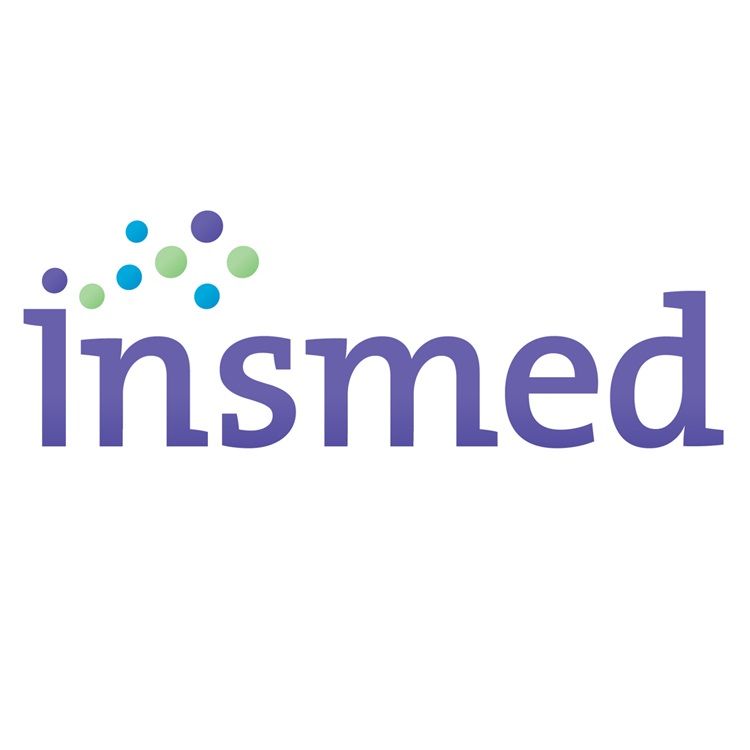ALIS Combination Meets Primary Endpoint in CONVERT Study
ALIS reduced the evidence of nontuberculous mycobacterial lung disease by 29% compared to 9% with guideline-based therapy alone.

Pairing amikacin liposome inhalation suspension (ALIS) with guideline-based therapy (GBT) for the treatment of nontuberculous mycobacterial (NTM) lung disease caused by mycobacterium avium complex (MAC) in adults has shown clinical significance and met its primary endpoint, according to recent data.
The CONVERT study, a global demonstration of the performance of a combination of ALIS and GBT revealed a 29% decrease in the evidence of NTM, compared to just 9% by GBT alone at 6 months (p <0.0001).
Insmed, which produces ALIS, plans to pursue an accelerated approval of ALIS under subpart H based on CONVERT’s results after having previously received a breakthrough therapy designation from the US Food and Drug Administration (FDA). The Division of Anti-Infective Products will review the results to make that decision.
“We consider these compelling top-line data to be a remarkable accomplishment in a rare disease state with no currently approved therapies,” Will Lewis, the president and chief executive officer of Insmed, said in a statement. “We are particularly encouraged by the consistency of these data when compared with our Phase 2 study results, and look forward to additional data as the CONVERT study continues over the next two years…Treatment of this serious and potentially debilitating disease is an unmet medical need, and we expect these important data will enable us to submit for accelerated approval.”
CONVERT enrolled 336 adults with NTM cause by MAC who were noncompliant to at least 6 months of GBT, and randomized them 2:1 to receive ALIS plus GBT against GBT alone. The primary endpoint was the proportion of patients achieving culture conversion by the 6-month mark. The study was powered toward a treatment effect of 15% between the two groups.
Analysis of the data showed that patients that achieved culture conversion in either arm showed improvement in their 6-minute walk distance when compared to those who did not achieve culture conversion.
Patients that were on GBT alone took approximately 30% longer to convert compared to the ALIS-GBT combination arm (p<0.0001), according to the secondary endpoint examination.
“I am extremely pleased with and impressed by the culture conversion results that ALIS demonstrated in treatment-refractory patients with NTM lung disease caused by MAC. The eradication of MAC is the first and most important goal for treatment of patients with MAC lung disease,” David Griffith, MD, a professor of medicine at the University of Texas Health Sciences Center and Principal Investigator in the CONVERT study, said. “I am not only encouraged by the higher conversion rate, but also by the faster time to conversion and safety profile of patients in the ALIS arm of the study. Although it is not a parameter routinely used in clinical practice, I also find it encouraging that patients who achieved culture conversion showed improvement in 6-minute walk distance, a quality of life parameter, as was seen in a prior ALIS study.”
Related Coverage
Azithromycin Not Helpful for Preschool Children with Wheezing